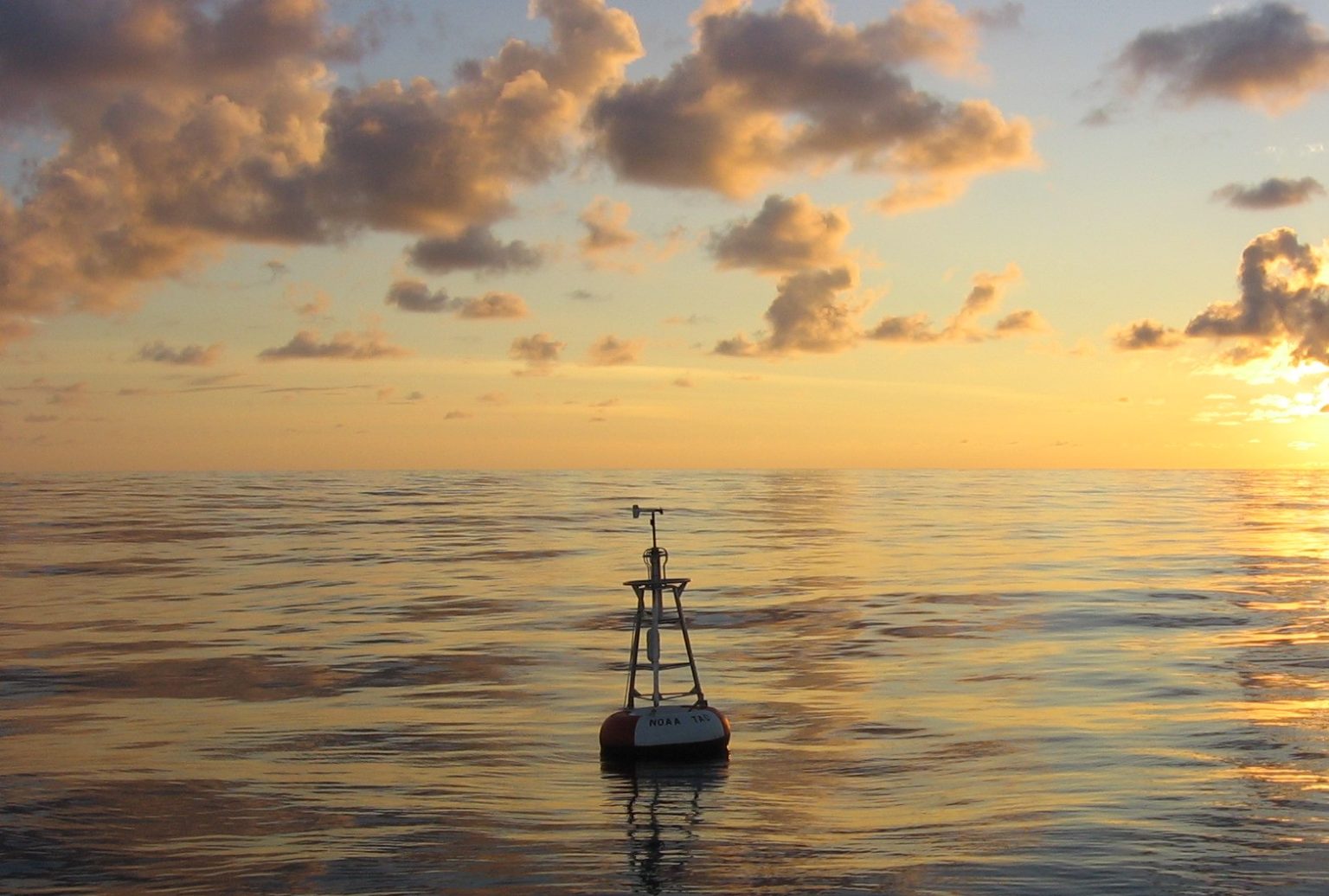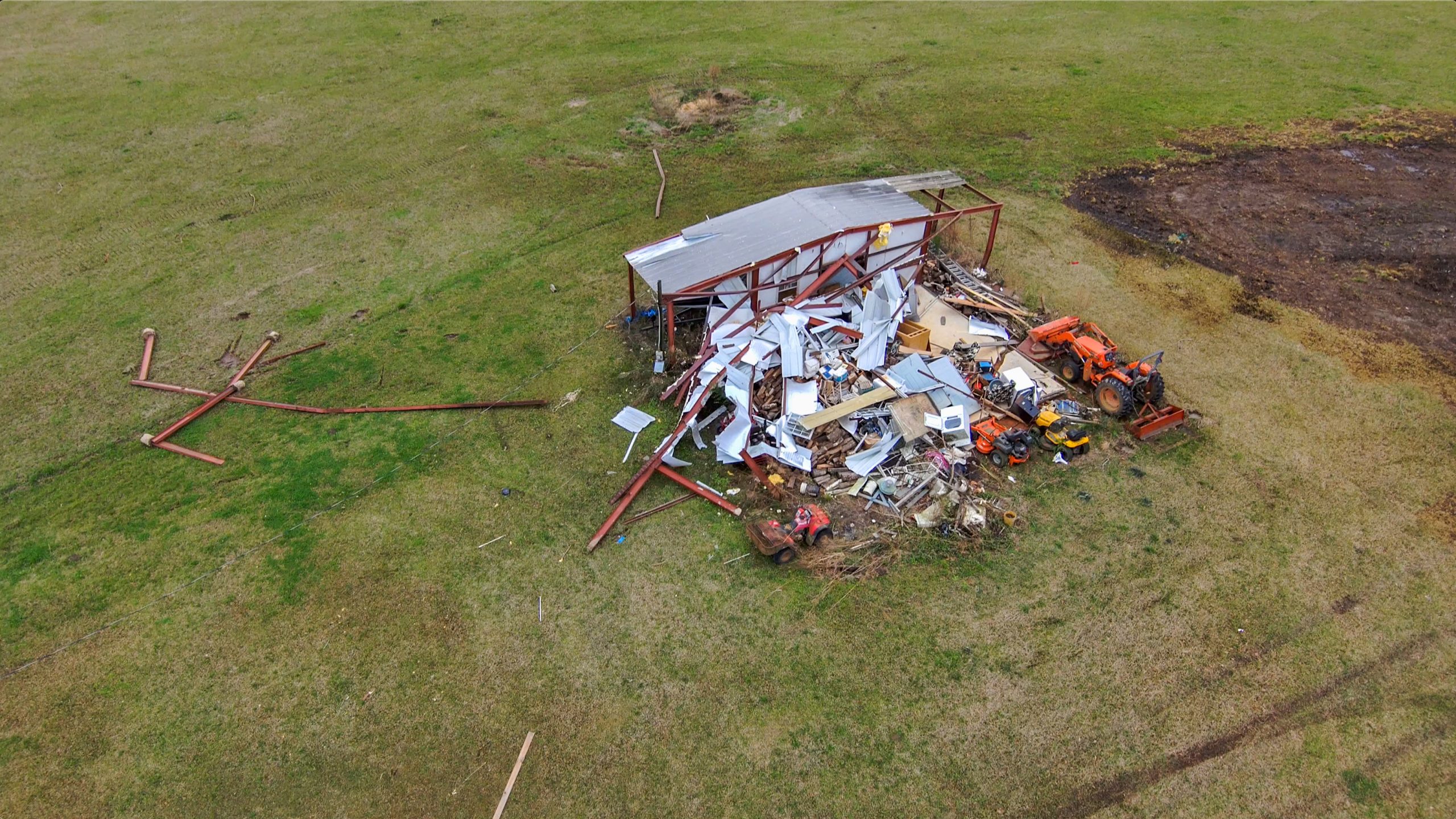Wiley Online Library: Wind Energy
The first Wind Forecast Improvement Project (WFIP) was a DOE and NOAA‐funded 2‐year‐long observational, data assimilation, and modeling study with a 1‐year‐long field campaign aimed at demonstrating improvements in the accuracy of wind forecasts generated by the assimilation of additional observations for wind energy applications. In this paper, we present the results of applying a Ramp Tool and Metric (RT&M), developed during WFIP, to measure the skill of the 13‐km grid spacing National Oceanic and Atmospheric Administration/Earth System Research Laboratory (NOAA/ESRL) Rapid Refresh (RAP) model at forecasting wind ramp events. To measure the impact on model skill generated by the additional observations, controlled data‐denial RAP simulations were run for six separate 7 to 12‐day periods (for a total of 55 days) over different seasons.
The RT&M identifies ramp events in the time series of observed and forecast power, matches in time each forecast ramp event with the most appropriate observed ramp event, and computes the skill score of the forecast model penalizing both timing and amplitude errors. Because no unique definition of a ramp event exists (in terms of a single threshold of change in power over a single time duration), the RT&M computes integrated skill over a range of power change (Δp) and time period (Δt) values.
A statistically significant improvement of the ramp event forecast skill is found through the assimilation of the special WFIP data in two different study areas, and variations in model skill between up‐ramp versus down‐ramp events are found.



